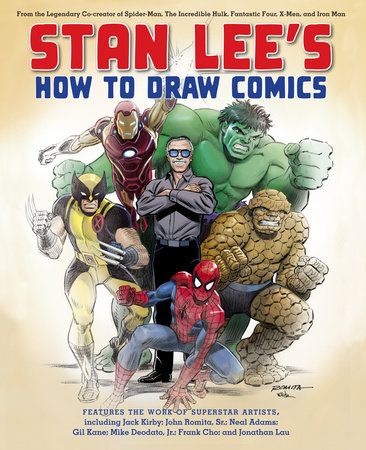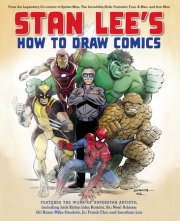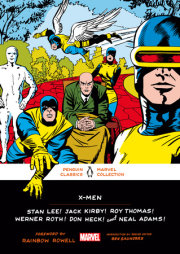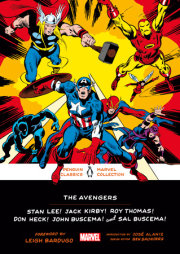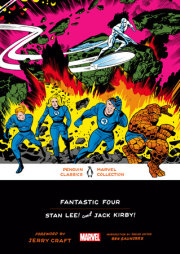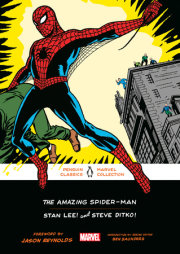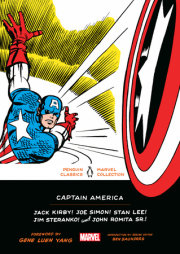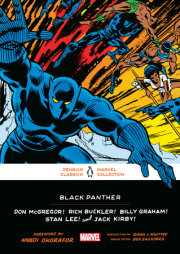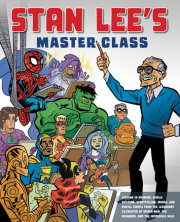In Stan Lee's How to Draw Comics, Stan Lee reveals his secrets for:
* Costumes * Penciling, Inking & Coloring * Lettering & Word Balloons
* Digital Advances * Perspective & Foreshortening * What Makes Great Action * Page & Panel Layout * Covers * Creating a Portfolio * Getting Work
When it comes to comic books, one name says it all: Stan Lee. His characters are classics. His industry knowledge is vast. His creativity is boundless. And now, he’s sharing what he knows with you, Grasshopper!
His cohorts have always been—and still are—some of the best in the business: Jack Kirby, John Romita, Sr., Neal Adams, Gil Kane, Mike Deodato, Jr., Frank Cho, and Jonathan Lau, and many others, Stan includes their work here and discusses what exactly makes it so great.
He touches on all the important stuff: anatomy, foreshortening, perspective, action, penciling, inking, hand lettering vs. digital lettering, color, character and costume design, panel flow, materials and tools, computers, file formats, and software. He includes an overview of the history and development of the comic book industry, and there’s an extensive section on various types of covers—the super important element that makes the reader want to pick up that comic!
In a world where good battles evil at every turn and the hero fights valiantly to get the girl, no stone is left unturned! Here you’ll also find info on all the small details—that really aren’t so small: word balloons, thought balloons, whisper balloons, bursts, sound effect lettering, and splash pages!
And KA-BLAMMM! . . . once you’ve created your art, then what? Lest you think Stan would turn you out into the wilderness without a road map, fellow traveler, there’s also information on preparing and submitting your portfolio, on getting work, and on suggested reading and schools.
Stan Lee’s How to Draw Comics features a cover that reunites long time collaborator John Romita Sr. and original cover artist of How to Draw Comics the Marvel Way. John Romita Sr. was most famous for his collaboration on The Amazing Spider-Man with Stan Lee!
It’s time for a new approach . . . “a cornucopia of cutting-edge, techno-savvy instructions to lead you down the freshly laid yellow brick road of creativity.” It’s time for a book that takes you on the new journey of creating comic books for the 21st century and beyond! Excelsior!

